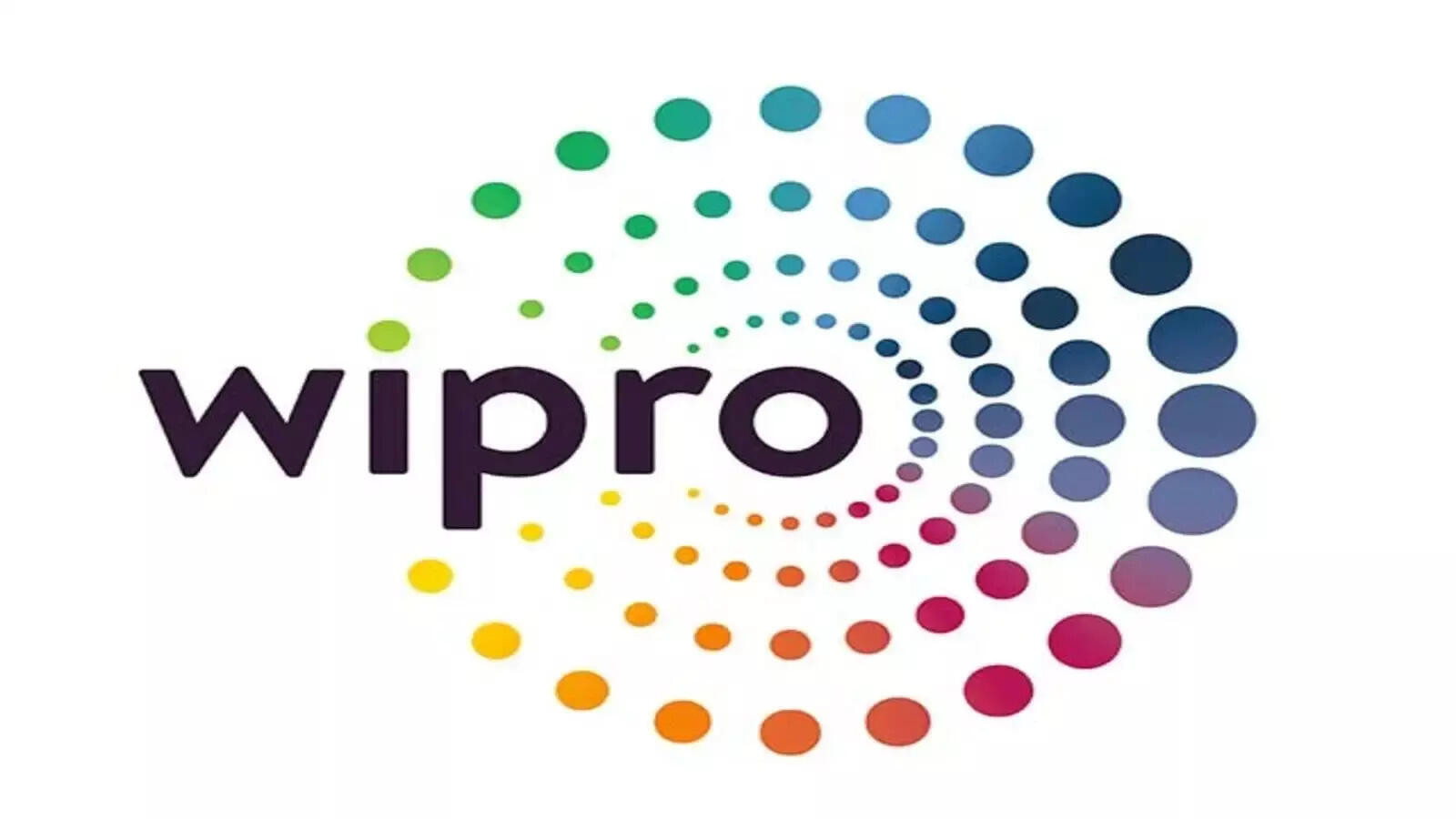Wipro’s Q1 revenue saw a 2.3% decline in constant currency, staying within projected guidance. CEO Srini Pallia noted muted demand due to macro uncertainty, with clients prioritizing cost optimization and AI initiatives. Despite this, Wipro reported strong deal wins, reaching $5 billion, a 50.7% year-on-year increase.
Navigating the Wipro Waves: What Does the Dip in Revenue Really Mean?
The tech world never stands still, and the latest ripple in the waters comes from Wipro. The IT giant has reported a 2.3% dip in revenue for the June quarter, a figure that’s got industry watchers talking. But what’s really behind this shift, and more importantly, what does it signal for the future? Let’s dive in and unpack the details.
The headline figure is, of course, the revenue decline. Wipro reported a revenue of $2.66 billion for the quarter, a drop compared to the previous period. In constant currency terms, the decrease was slightly less pronounced at 0.8%. While any decrease raises eyebrows, it’s crucial to view these numbers within the broader context of the current global economic landscape.
One significant factor weighing on Wipro, like many of its peers, is the cautious spending behavior of clients, particularly in key markets like the US and Europe. Economic uncertainty has led companies to tighten their belts, deferring large-scale projects and focusing on cost optimization. This translates to reduced demand for IT services, impacting revenue streams for companies like Wipro that thrive on these projects. The impact is also evident in the 6.4% year-on-year drop in net profit.
Understanding the Impact on Wipro’s Key Sectors
The slowdown isn’t uniform across all sectors. While some areas may be experiencing a lull, others might be showing resilience, or even growth. Understanding these nuances provides a more granular picture of the challenges and opportunities facing Wipro. For example, sectors closely tied to discretionary spending might be feeling the pinch more acutely than those focused on essential services or infrastructure upgrades. A deep dive into specific vertical performances will reveal where Wipro is holding strong, and where it needs to recalibrate its strategy.

Furthermore, deal closures are taking longer. The sales cycles have elongated, with clients taking more time to evaluate and approve projects. This delay impacts the predictability of revenue and requires companies to be more agile and persistent in their sales efforts.
Strategic Responses and Future Outlook for Wipro
So, what is Wipro doing to navigate these choppy waters? The company is focusing on several key areas. Firstly, Wipro’s revenue growth strategy involves focusing on securing larger, long-term deals. These deals provide a more stable revenue base and reduce the reliance on smaller, more volatile projects. Secondly, there’s a strong emphasis on cost optimization and improving operational efficiency. This involves streamlining processes, leveraging automation, and optimizing resource allocation to maximize profitability.
Thirdly, Wipro is actively investing in emerging technologies like artificial intelligence, cloud computing, and cybersecurity. These investments are aimed at positioning the company as a leader in these high-growth areas, enabling it to capture new opportunities and differentiate itself from the competition. The company is also concentrating on strategic acquisitions to bolster its capabilities and expand its market reach. These acquisitions provide access to new technologies, talent, and customer bases, accelerating growth and strengthening Wipro’s competitive position.
Wipro’s management has acknowledged the challenging environment and has provided guidance for the next quarter. While the near-term outlook remains cautious, there’s an underlying optimism about the long-term growth prospects of the IT services industry. The digital transformation journey is far from over, and companies like Wipro are well-positioned to capitalize on the ongoing demand for technology solutions. You can read more about Wipro’s innovative solutions and services [here](internal-link-to-related-content).
The Bigger Picture: What This Means for the Indian IT Sector
Wipro’s experience is not unique. The Indian IT sector as a whole is facing similar headwinds, including global economic uncertainty, changing client priorities, and increased competition. The sector’s performance is a bellwether for the broader Indian economy, so its health is closely watched. The current slowdown underscores the need for Indian IT companies to adapt to the changing landscape, embrace innovation, and diversify their offerings to remain competitive.
The dip in revenue for Wipro is a reminder that even industry giants face challenges. However, with a proactive strategy focused on securing large deals, managing costs effectively, and investing in emerging technologies, Wipro is positioning itself to weather the storm and emerge stronger in the long run. While short-term fluctuations are inevitable, the underlying demand for IT services remains robust, offering ample opportunities for growth in the years to come. The key will be agility, innovation, and a relentless focus on delivering value to clients in an increasingly complex world.
URL slug: wipro-revenue-dip







